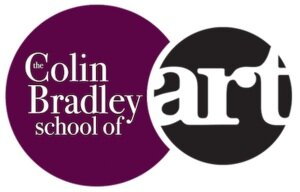Copying Reference Photos
Back in Episode 8 of our podcast, we talked about copying reference photos. Colin explained how when copying a picture, try not to copy every single detail in it.[fusion_builder_container hundred_percent="yes" overflow="visible"][fusion_builder_row][fusion_builder_column type="1_1" background_position="left top" background_color="" border_size="" border_color="" border_style="solid" spacing="yes" background_image="" background_repeat="no-repeat" padding="" margin_top="0px" margin_bottom="0px" class="" id="" animation_type="" animation_speed="0.3" animation_direction="left" hide_on_mobile="no" center_content="no" min_height="none"] You have to accept a compromise, create an essence of what you see. If you "lose yourself" if your own little world, little messages about what colours to use will pop up. This is easier once you've got to "know" your pencils. Become very familiar with the Colour and Numbers.Confidence in your ability and creativity will come from that.Colin is taking this from the example of using Pastel Pencils but this can apply with all art mediums. Colin's pastel pencil work is "impressionistic/realistic" but time and time again he has mentioned about not trying to draw "every single hair". You can create the "impression" of multiple hairs.Do you lose yourself in your own world when doing your artwork? Let us know in the comments below.Listen to episode 8 of the podcast by clicking here.[/fusion_builder_column][/fusion_builder_row][/fusion_builder_container]
You have to accept a compromise, create an essence of what you see. If you "lose yourself" if your own little world, little messages about what colours to use will pop up. This is easier once you've got to "know" your pencils. Become very familiar with the Colour and Numbers.Confidence in your ability and creativity will come from that.Colin is taking this from the example of using Pastel Pencils but this can apply with all art mediums. Colin's pastel pencil work is "impressionistic/realistic" but time and time again he has mentioned about not trying to draw "every single hair". You can create the "impression" of multiple hairs.Do you lose yourself in your own world when doing your artwork? Let us know in the comments below.Listen to episode 8 of the podcast by clicking here.[/fusion_builder_column][/fusion_builder_row][/fusion_builder_container]

